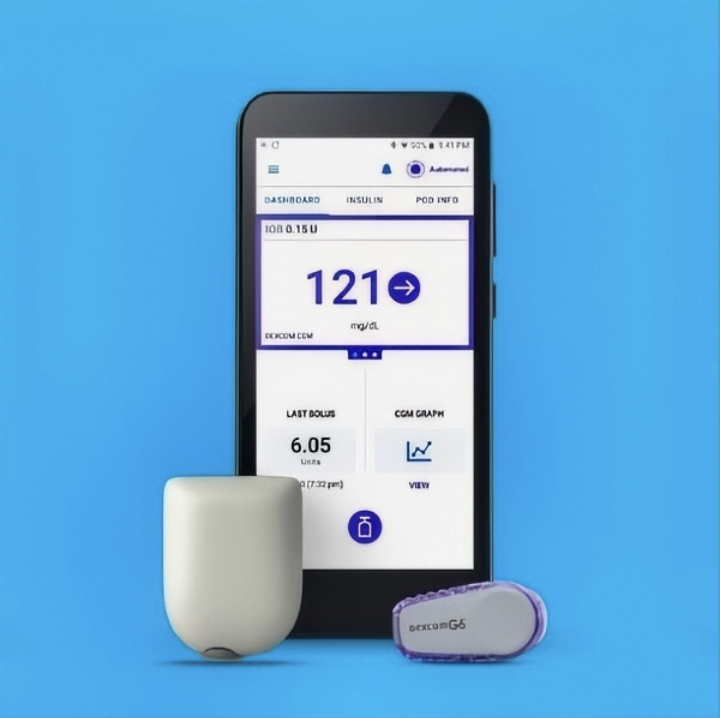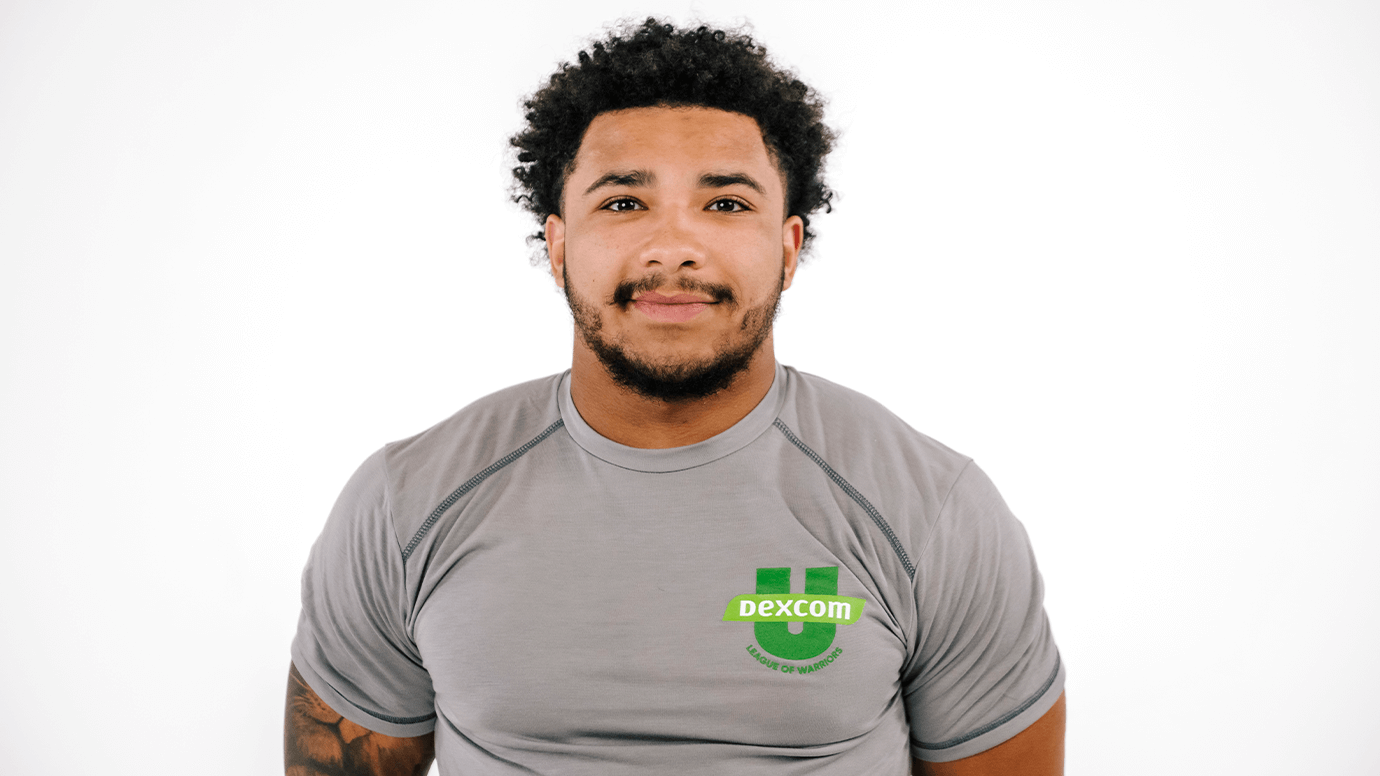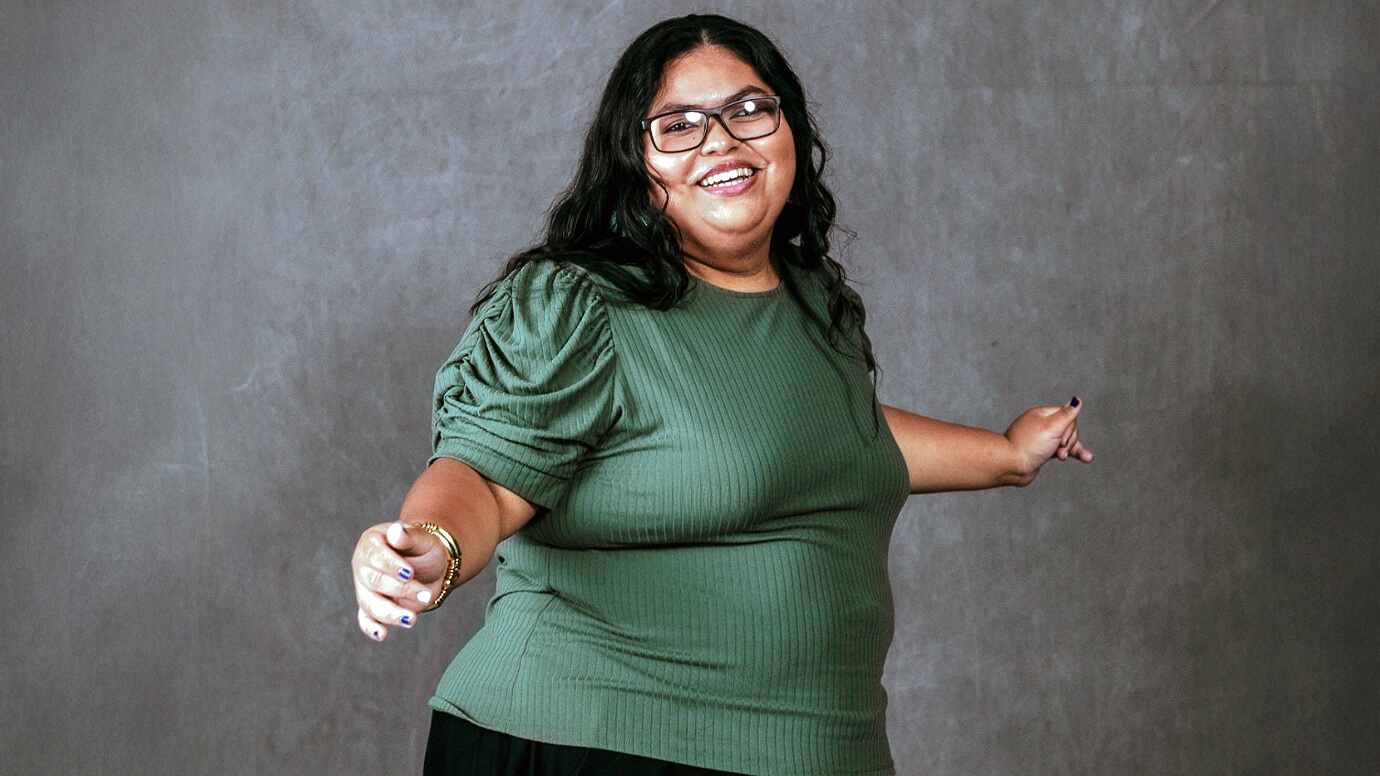Is it Worth it to Get the Dexcom G6 if G7 is Right Around the Corner?
Written by: Julia Flaherty
6 minute read
April 25, 2022
Los avances sobre el Dexcom G7 son emocionantes, pero ¿las personas que exploran un medidor continuo de glucosa por primera vez deben esperar u optar por el G6? ¡Este es nuestro consejo!
While the allure of new technology like the Dexcom G7 may outweigh the benefits of current tech (like the G6) for some continuous glucose monitor (CGM) users or newly interested people with diabetes, there are advantages to investing in a CGM now instead of waiting on anticipated market arrivals.
Most CGMs today offer a wide variety of features, benefits and functionality that you will find in products like the G6 and G7. From providing real-time blood sugar readings to customized alert settings to insulin pump integrations to mobile apps that include the ability to share your data to a reduction in daily fingerpricks and more!
Different blood sugar management methods work for different people, which means you may find that a certain CGM is a better match for you. Or you may feel more comfortable sticking with a blood glucose meter alone.
This guide highlights some of the pros and cons of the G6 versus the G7 to help you make the best decision for your unique diabetes care needs.
Key features and benefits of the Dexcom G6:
Different CGMs suit different individuals. Finding your best fit may be a trial and error process, but this can get expensive, so having the most information up front will serve you well.
The Dexcom G6 has excellent features and benefits:
- Minimal calibrations needed—While the G6 was the first CGM to market that does not absolutely require blood sugar fingerprick calibrations, Dexcom recommends calibrating your G6 once every 24 hours. Calibrations consist of testing your blood sugar levels using a blood glucose meter, comparing it against your CGM reading, and then entering the number on the blood glucose meter in your CGM’s calibration functionality.
- Long sensor life—Patients can wear the Dexcom G6 for 10 days.
- Simple sensor insertion—Patients can insert the sensor with one push of the CGM applicator.
- Simple transmitter insertion—Patients can push the transmitter into place once the sensor is applied using the applicator.
- Dynamic alert options—Wearers receive a 20-minute advanced warning ahead of a potential severe low blood sugar event (3.1 mmol/L55 mg/dL). Wearers can also customize alerts for two periods of time within 24 hours.
One clinical study published by JAMA showed that 52 percent of Dexcom users with type 1 diabetes could reduce their A1c by 1 percent in 24 weeks of regular wear. A different 2021 study published by Diabetes Technology & Therapeutics showed an even more significant reduction among people with type 2 diabetes. This study found that when on mealtime insulin, patients with type 2 diabetes achieved an average 1.4 percent A1c reduction after using the G6 for 12 or more weeks.
A third clinical study published by Diabetes Care showed that the G6 helped users gain a better time in range, improved their quality of life and sustained A1c reduction with long-time wear.
Key features and benefits of the Dexcom G7:
The Dexcom G7 will be a step up from the G6. Here are some of the exciting features and benefits you can look forward to:
- Integrated sensor and transmitter—Unlike the G6 model, the G7’s sensor and transmitter will be fully integrated, making the product fully disposable. So, say goodbye to your transmitter with the three-month battery life!
- Shortened warm-up time—The G7 will cut down the two-hour warm-up period of the G6 to just 30 minutes.
- Longer sensor life—Patients can wear the G7 for 14 days.
- Reduced sensor size—The G7 offers a 60 percent reduction, making it Dexcom’s thinnest product yet.
- More site options—Since the G7 is smaller, users can wear it on their upper arm or abdomen. Children ages 2 to 17 can also wear it on their upper buttocks.
- Excellent blood sugar reading accuracy—Trials for the G7 registered its mean absolute relative difference (MARD) score at 8.1 percent in pediatric users and 8.2 percent in adult users. MARD tells us “the average of the absolute error between all CGM values and matched reference values.” In other words, it helps us know our CGM’s accuracy. CGMs registering under 10 percent are typically good.
- Improved accuracy range—the G7 came out with a 93 accuracy range in a clinical trial compared to the FDA’s 87 percent standard.
- App compatibility—Dexcom reps say the G7 will be compatible with fitness apps like the Garmin smartwatch and cycling computer.
- Insulin pump integrations—Like the G6, G7 will continue integrating with Tandem’s Control IQ, Omnipod DASH, and the recently FDA-approved Omnipod 5. Dexcom is also working with Lilly and Novo Nordisk on collaborations with their smart insulin pens for those who prefer multiple daily injections (MDIs).
If you would like to try the Dexcom G6 ahead of the G7 release, see if you qualify for the “Hello Dexcom” sample program here to try it at no cost to you.
The decision to start with the Dexcom G6 or wait for the G7 is ultimately up to you—just don’t wait to take steps that could improve your diabetes management! Start exploring if you feel that a CGM like the G6 will do that for you. By starting the process now, you can have time to get used to your CGM, overcome learning curves with ease, adapt to future tech faster and learn how to navigate insurance more effectively.
There is no guarantee that insurance will cover new diabetes supplies or medications. However, if you are a true early adopter of new tech and still prefer to wait for the G7, follow your gut! Do what’s best for you.
If it turns out a CGM isn’t for you, you can always go back to using a blood glucose meter (BGM) exclusively. Though CGMs help many people with type 1 and type 2 diabetes manage their blood glucose levels, they are not the be-all-end-all of diabetes care.
To find the best diabetes management plan, tools and technology for you, always consult your healthcare team.
Educational content related to type 1 diabetes is made possible with support from Dexcom, an active partner of Beyond Type 1 at the time of publication. Beyond Type 1 maintains full editorial control of all content published on our platforms.

Author
Julia Flaherty
Julia Flaherty has lived with type 1 diabetes since 2004. She is passionate about empowering others navigating chronic illness and promoting healing through creativity. Julia is a content marketing specialist, writer, and editor with health and wellness coaching certification. She is also the founder of Chronically You, which provides wellness coaching and marketing services. Julia has created hundreds of blogs, articles, eBooks, social media campaigns, and white papers since starting her career in 2015. She is also the author and illustrator of "Rosie Becomes a Warrior," a children's book series in English and Spanish that empowers children with T1D. Julia has a Bachelor of Arts from UWSP and is certified in health and wellness coaching through MindBodyGreen. Connect with Julia: LinkedIn, Facebook, Instagram, TikTok, YouTube, Threads, Newsletter.
Related Resources

On Tuesday, September 23, 2025, Medtronic Diabetes began selling a new continuous glucose monitor (CGM)...
Read more

Managing type 2 diabetes with insulin can be challenging, but a new study shows the...
Read more

You’re out to dinner with friends and could really go for a hot, cheesy slice...
Read more

